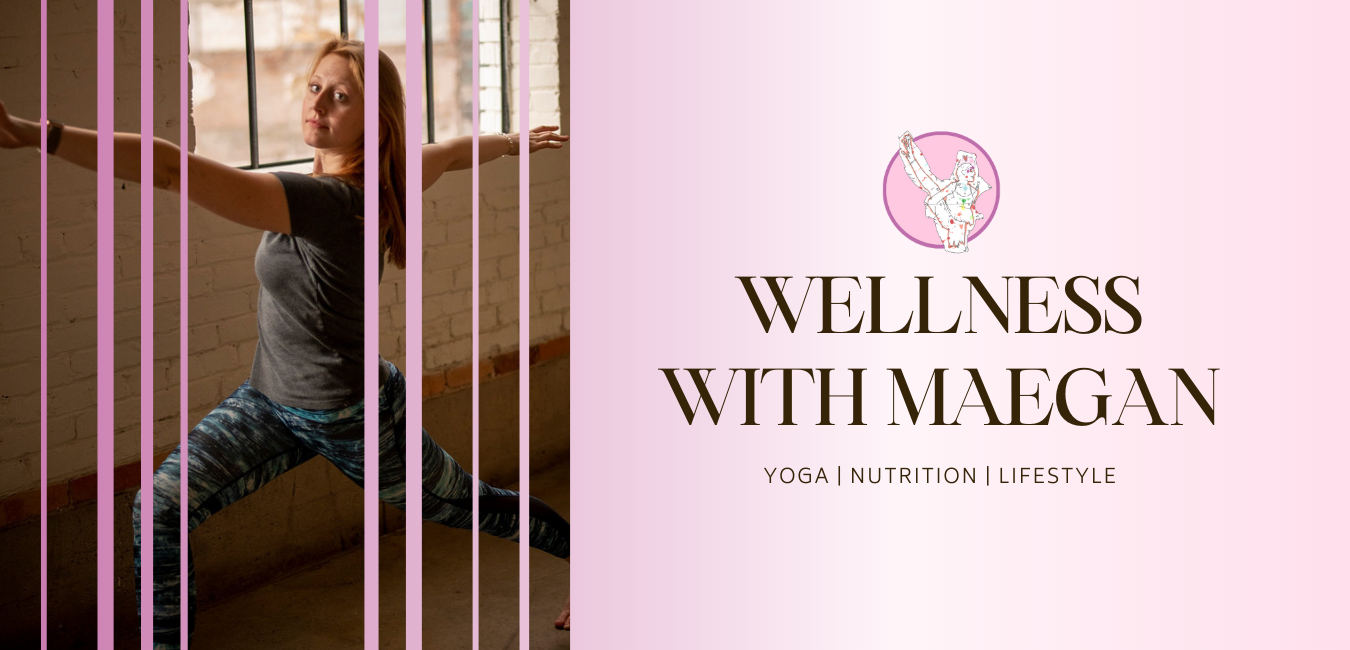Lower back pain is one of the most common physical ailments that plagues our western society. Low back pain is characterized by acute or dull aching pain in the lower back and can be considered chronic if it lasts for more than 3 months. Low back pain is one of the leading causes of activity limitation and work absence. Yoga works to strengthen and lengthen the lower back muscles to help decrease the pain in the low back, naturally.
- Bridge
Background
This pose is great for passively stretching the lower back. The body and muscles that surround the low back work in combination with the block (or pillow) to hold the lower back in the air. The lower back then has a chance to relax, allowing lengthening through the muscles and release of the tension that resides here.
Practice
Arrive in this posture by lying on your back with the knees in the air and the feet planted, bring the arms alongside the body with palms facing down, take a big inhale to fill up the belly, exhale pressing each vertebrae in the spine against the ground, begin to float the hips up by pressing into the feet and the palms, slide the block or pillow underneath the sacrum (space right between the hips above the tailbone) and relax.
- Malasana or “Yogi Squat”
Background
This pose works on opening and strengthening all of the areas that surround the lower back, as well as strengthening the lower back itself. Malasana offers a peek into how much our hips and core affect our lower back. Malasana offers a great deal of support and TLC for the low back by strengthening the core and lower back, lengthening the lower back, and beginning to open the hips.
Practice
Start with placing a block, or a low seated chair slightly behind you. Bring the feet out wider than the hips and the toes out a little wider than the heels. Slowly sit the hips back onto the block or chair (you may use a table or chair to hold onto as you lower and your heels might lift a bit and this is ok), bring the arms to the inside of the legs (if they are not on a table or chair) and maybe press the palms together or place them on the ground, lengthen the spine by pressing into the crown of the head, engage the core by drawing the belly button up and in, rest in this posture and let the work happen!
- Supine Twist
Background
Twisting through the low back can be one of the most therapeutic movements some can do for the spine, but depending on injuries or how tight you are this could be miserable. By supporting the knee and making the twist significantly lighter, this pose can become enjoyable and relaxing for all. This pose stretches out the back muscles and the glutes and provides a natural realignment for the spine.
Practice
Set yourself up for this posture by stacking up some pillows and blankets on either side of you and lie down on your back. Begin by drawing one leg out long on the ground and the other knee in towards your chest, slowly allow that knee to fall over to the opposite side, let the arms come out wide or into a goal post shape to ensure both shoulders stay planted, and allow yourself to relax.
- Supported Savasana
Background
Allow yourself and your spine some time dedicated to relaxation and release. A large part of back pain is due to a large amount of stress, so dedicating time each day to decompress could have significant benefits for the spine. Lie down, clear the mind, focus on the breath, and relax. Lying down with no support can be extremely uncomfortable if you have pain in the low back, so set yourself up with lots of support.
Practice
Take a blanket with a small roll at the base for the neck underneath the head, a large pillow under the knees, and maybe even a rolled up blanket under the ankles for a little extra support. Turn on some relaxing music, close your eyes, and enjoy this brief moment of peace.
- Forward Fold
Background
Tight legs can be part of the problem when considering all of the things that may be causing low back pain. If your legs are tight and your low back is tight how can you properly do a forward fold? The answer is simple: a bend in the knees and engagement in your core. Keep a big bend in the knees to support the low back and as long as the back stays long, the legs will get a deep stretch. Engage the core to ensure the back has the support to stay long and straight.
Practice
Bring the feet out a little bit wider than the hips, keep the feet parallel to each other or turn the toes inward slightly. Bring the hands to the hips, draw the belly button up and in, take a bend in the knees and slowly begin to fold in. Once you are folded, release the arms from the hips and grab a hold of opposite elbows, keep a big bend in the knees, allow the weight of the head to draw your upper body forward and decompress the spine and low back. Keep the belly button drawn up and in to support the low back.
